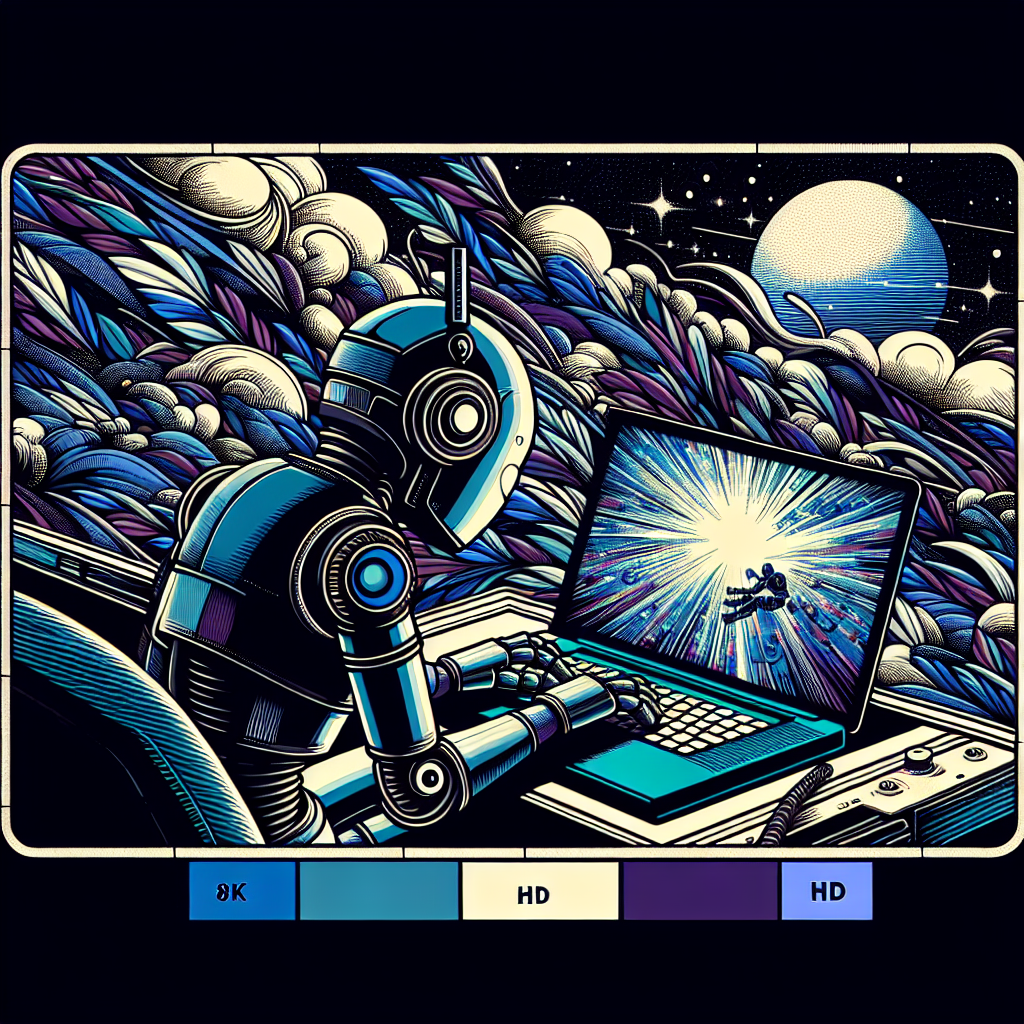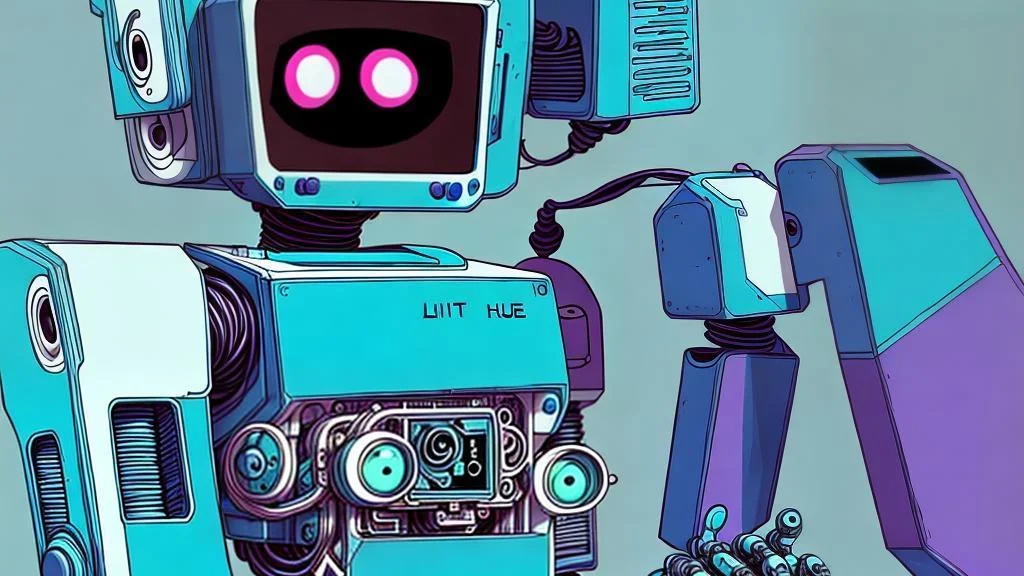How can you make something go viral
Imagine the alchemy of content creation, where the strings of words and imagery you weave …

Generative AI is a groundbreaking technology that has revolutionised content creation across various domains. At the core of this innovation lies the concept of 'shots', a fundamental element crucial to understanding the inner workings of these sophisticated models.
As an AI researcher and educator, I find the intricacies of shots in generative AI both fascinating and essential for anyone looking to grasp the potential of this technology.

In the context of generative AI, a 'shot' refers to a single attempt or execution of the model to generate a result based on the input data and the model's parameters.
You can conceptualise it as a unique output or generation from the model, akin to a single draw or sample from a complex probability distribution.
One shot equates to a single generated text sequence in generation models, such as GPT-4.0. For instance, if you prompt the model to write a story about a magical unicorn, each unique story it produces would be considered a distinct shot.
Similarly, in image generation models like DALL-E or Stable Diffusion, a shot represents a single image created by the model based on the given prompt or conditions.
It is crucial to understand that each shot is independent and can vary based on the model's training and the specific input prompts. This variability is a key strength of generative AI, allowing for creating diverse and creative outputs.
Text shots are predominantly used in natural language processing tasks, including language translation, text summarisation, and dialogue generation.
By producing multiple test shots, researchers can assess the model's capability to generate coherent, relevant, and diverse responses.
This approach allows for a comprehensive evaluation of the model's language understanding and generation abilities.
Image shots find their application in computer vision tasks, including image synthesis, style transfer, and super-resolution.
Generative models such as GANs (Generative Adversarial Networks) and VAEs (Variational Autoencoders) can create realistic images from scratch or modify existing images based on specific conditions.
Multiple image shots enable researchers to explore the model's creativity and capacity to capture complex visual patterns and textures.
Audio shots are utilised in speech synthesis and music generation tasks. By generating multiple audio samples, researchers can evaluate the model's ability to produce natural-sounding speech with appropriate intonation and emphasis or create original musical compositions that adhere to specific genres or styles.

One of the primary advantages of using shots in generative AI is the increased efficiency and accuracy in data generation. Instead of manually creating large datasets, which can be time-consuming and prone to human error, researchers can leverage generative models to produce diverse and realistic examples automatically.
This is particularly valuable in domains where data collection is challenging, expensive, or ethically sensitive, such as medical imaging or natural language processing for low-resource languages.
Shots allow for a thorough exploration of the model's creative capabilities and output variability. By generating multiple unique outputs, researchers can assess the model's ability to capture underlying patterns and structures in the data while introducing novel and interesting variations.
This aspect is crucial for applications in creative fields, where originality and diversity are highly valued.
Generating multiple shots enables researchers to conduct more comprehensive evaluations of model performance.
By analysing a range of outputs, they can identify the model's strengths, weaknesses, and biases, leading to more targeted improvements and fine-tuning strategies.
A significant challenge in using shots for generative AI is the need for high-quality training data. Generative models require vast quantities of diverse and representative examples to learn complex patterns and relationships effectively.
Without sufficient training data, the model may struggle to generate high-quality outputs or may overfit to the limited examples it has encountered.
If the training data contains biases or lacks diversity, the generated shots may inherit and perpetuate these biases in the model's outputs.
This issue can lead to unfair or inaccurate representations in the generated content. Researchers must be vigilant in curating diverse and balanced datasets and regularly auditing the model's outputs for potential biases to mitigate this risk.
Generating multiple shots, especially for complex models or large-scale applications, can be computationally intensive. This requirement may limit the accessibility of shot-based approaches for researchers or organisations with limited computing resources.

As research in this field advances, we can expect to see more sophisticated and efficient models capable of generating even more realistic and diverse outputs.
One promising direction is the development of multi-modal generative models that can seamlessly integrate multiple types of data, such as text, images, and audio, to create rich and immersive experiences.
Another exciting area of growth is the application of generative AI in creative industries, such as art, music, and design. By leveraging the power of shots, artists and creators can explore new forms of expression and collaborate with AI models to push the boundaries of what's possible in their respective fields.
As generative AI becomes more powerful and widely adopted, there will be an increased focus on developing ethical guidelines and responsible practices for using these technologies.
This may include improved methods for detecting and mitigating biases, ensuring transparency in AI-generated content, and addressing potential societal impacts.
Understanding the concept of shots in generative AI is essential for anyone interested in this rapidly evolving field. By grasping how shots work, their benefits, and their limitations, researchers and practitioners can better evaluate the performance and potential of generative models and explore new applications and innovations.
As we advance in this exciting domain, I encourage readers to delve deeper into generative AI and discover how shots can be used to create stunning artwork, write captivating stories, compose beautiful music, and much more.
The possibilities are truly boundless, and the future holds immense potential for this transformative technology to reshape various aspects of our lives and industries.
Some other posts you may like

How can you make something go viral
Imagine the alchemy of content creation, where the strings of words and imagery you weave …
July 14, 2024
Read More
What is the Purpose of Prompt Engineering in Generative AI?
Ah, the digital age – a world where AI is no longer merely a futuristic …
July 14, 2024
Read More